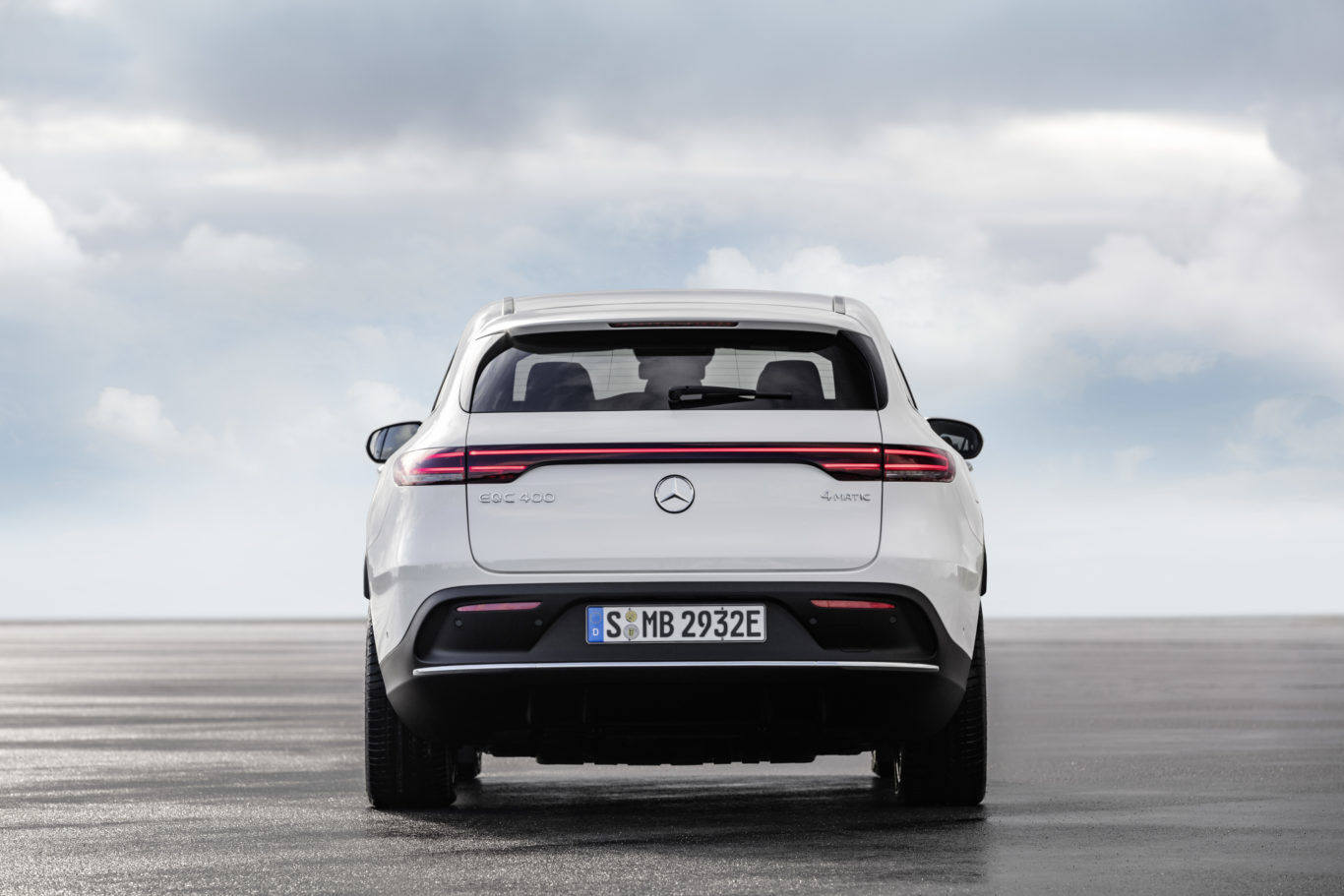Mercedes-Benz reveals all-electric EQC
First dedicated electric car from Mercedes has a claimed range of 280 miles

Mercedes-Benz has kicked off its electric car offensive with this – the EQC.
Positioned as the first vehicle built under the firm’s technology brand EQ, the EQC is an all-electric SUV with a claimed range of 280 miles.

It’s the first dedicated electric car from Mercedes, and goes up against the likes of the Tesla Model X and Jaguar I-Pace.
“With the EQC – the first fully electric SUV from Mercedes-Benz – we are flipping the switch,” said Dieter Zetsche, chief executive of Mercedes-Benz Cars, at the EQC’s reveal in Stockholm last night.
“Electric drive is a major component in the mobility of the future. We are therefore investing more than ten billion euros in the expansion of our EQ model portfolio, and more than one billion euros in global battery production.”
Thanks to a bespoke, scaleable platform, the EQC will pave the way for further all-electric models from the German manufacturer.
An electric motor is mounted on each axle, giving all-wheel-drive traction. Mercedes says these motors produce 402bhp and 765Nm combined, enabling the 2,425kg SUV to hit 60mph in 4.9 seconds and a limited top speed of 112mph.
It also claims that thanks to an on-board 7.4kW charger for AC charging along with a more conventional DC charging system, the EQC can be taken from 10 per cent to an 80 per cent charge in around 40 minutes.
Classed as a crossover, the EQC follows many styling traits from Mercedes passenger vehicles already on sale, with the car’s silhouette resembling that of the current GLCs. The interior appears to use Mercedes’ latest-generation infotainment system too.
Though not on sale yet and with pricing also still to be revealed, it’s predicted that orders for the EQC will start being taken at some point during the first quarter of next year.





